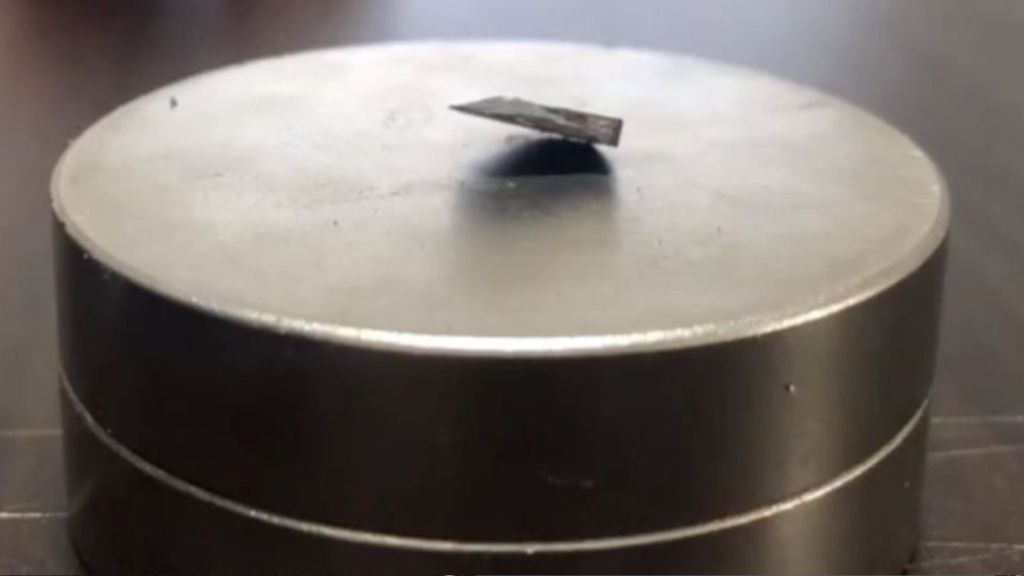A code worm is simulated as if it’s swimming in shallow water. Video via Youtube/Mike Vella
OpenWorm is a project by a team of 39 scientists and engineers to build the first virtual organism entirely from code: a lifelike copy of a nematode roundworm.
The latest software model of the digital worm replicates how the millimetre-long common soil worm, also known as caenorhabditis elegans (C. Elegans), moves. The team achieved this by artificially recreating a key part of the worm’s anatomy—its muscles—in code. It’s an important development in a project that ultimately aims to push our understanding of how the worm brain (and brain science in general) works, through a digital simulation of the full creature.
Videos by VICE
As you might have guessed from the name, OpenWorm is an open-source venture. According to Stephen Larson, who co-founded the project in 2011, it wouldn’t have been possible without this open-science approach.
The virtual team at OpenWorm—who have never actually met all together in person—started their work by reverse-engineering the biology of C. Elegans. “Our first phase towards this goal is to reverse-engineer its locomotion, closing the loop between its nervous system and its body’s interaction with a simulated environment,” Larson explained. That’s what you can see in the video above.
Image via OpenWorm.org
They chose to work with the C. Elegans because of its notable developmental ability, and the variety of activities it’s able to do. Despite being an organism with only 1,000 cells, this worm can find food, mate, avoid toxins and predators, lay eggs, and crawl in different locomotions. It was also the first multi-cellular organism to have its genome sequenced.
While the OpenWorm’s movements are not yet entirely accurate compared to the real thing, it’s still a breakthrough moment for the project, and tests are ongoing. The team has generated multiple models that work and analyzed them under different conditions. “I don’t want to get ahead of myself with scientific claims of accuracy yet,” said Larson. “It has taken us this much time just to get the crawling behavior.”
They’re now working on a 1.0 version of the neuro-mechanical model, which will explore development, aging and fat storage. Larson said that’s “a few years off.”
He explained that OpenWorm is a crucial first step to reproducing the human brain. If scientists understand the inner workings of a worm’s brain, they hope that insights into the human brain will follow. “Science still does not understand the human brain to the level needed to cure diseases such as Alzheimer’s and Parkinson’s,” states the OpenWorm website. “We must crawl before we walk!”



